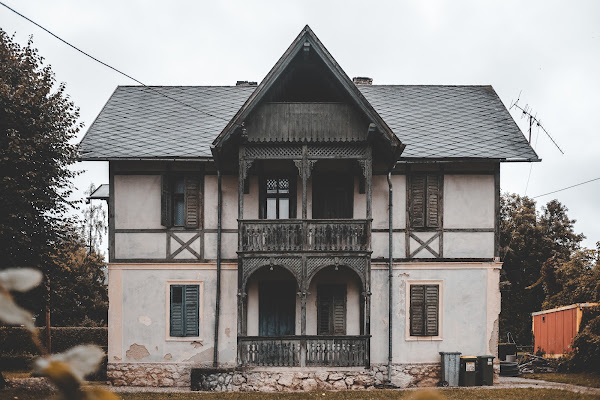The Importance of Regular Roof Inspections
Regular roof inspections are vital for catching any damage early on. Even if your roof appears to be in good condition from the ground, there could be underlying issues that are not immediately visible. By conducting inspections at least once a year or after severe weather events, you can identify potential problems before they escalate. Consider hiring a professional roofing contractor for which you can click here and, if you feel confident, perform a visual inspection yourself before contacting a professional so that you know what they should look for. Look for signs such as missing or damaged shingles, sagging areas, or clogged gutters. Remember, early detection is key to minimizing the extent of the damage.
Identifying Common Signs of Roof Damage
Knowing the common signs of roof damage is crucial in catching issues before they worsen. Look out for loose or cracked shingles, as well as shingles that are curling, buckling, or missing altogether. These are clear indications that your roof is vulnerable to leaks and further damage. Additionally, be aware of water stains on the ceiling or walls, which suggest a leaky roof. Inspect your attic for any signs of moisture, such as damp insulation or mold growth, as these can also signal roof problems. By regularly checking for these signs, you can address roof damage promptly and prevent it from spreading.
Repairing Minor Roof Damage
When it comes to minor roof damage, taking immediate action can save you from more significant problems down the road. If you notice missing or damaged shingles, replacing them promptly is essential. You can carefully remove the damaged shingle, apply roofing cement, and install a new shingle in its place. Click here to see different types of roof shingles. For small leaks, seal the affected area with roofing cement or use a patch designed for temporary fixes.
Hiring a Professional for Extensive Roof Repairs
In some cases, roof damage may be more extensive or require specialized expertise to fix properly. For major repairs or if you're unsure about tackling the job yourself, it's best to hire a professional roofing contractor. They have the necessary skills, experience, and tools to assess the damage accurately and provide a lasting solution. When choosing a contractor, ensure they are licensed, insured, and have a solid reputation. Obtain multiple quotes, ask for references, and review their portfolio before making a decision. Hiring a professional ensures that your roof repairs are done effectively, providing long-term protection for your home.
Protecting Your Roof from Future Damage
Repairing existing roof damage is crucial, but it's equally important to take preventive measures to protect your roof from future damage. One effective step is to keep your gutters clean and free from debris. Clogged gutters can cause water to back up and seep into your roof, leading to leaks and rot. Regularly inspect and clean your gutters, especially after storms or during the fall when leaves and debris are more likely to accumulate.
Another way to protect your roof is by trimming overhanging tree branches. Branches that rub against or scrape your roof can wear down shingles and create entry points for water. Hire a professional tree trimming service to safely remove any branches that pose a risk to your roof. Additionally, keep an eye out for moss or algae growth on your roof, as they can trap moisture and cause damage. Clean your roof with a solution of water and bleach, or use a commercial roof cleaning product, following the manufacturer's instructions.
Signs of Hidden Roof Damage
While some roof damage is easily visible, there can also be hidden damage that requires a closer inspection. One sign to watch out for is an increase in your energy bills. If your roof is damaged, it can compromise your home's insulation, leading to higher heating or cooling costs. Additionally, check for interior paint peeling or bubbling, as this could indicate moisture seeping in through the roof. Pay attention to any unusual odors, such as a musty smell, which may be a sign of hidden mold or rot in your roof's structure.
Spotting and repairing roof damage before it's too late is essential for maintaining the integrity of your home. By conducting regular roof inspections, identifying common signs of damage, and taking prompt action to repair minor issues, you can prevent small problems from becoming major headaches. Remember to hire a professional for extensive repairs and to protect your roof from future damage by keeping gutters clean, trimming tree branches, and addressing hidden issues.









No comments
Thank you for dropping by! I would love to hear what you thought. :)
Thanks!
♥,
Diana